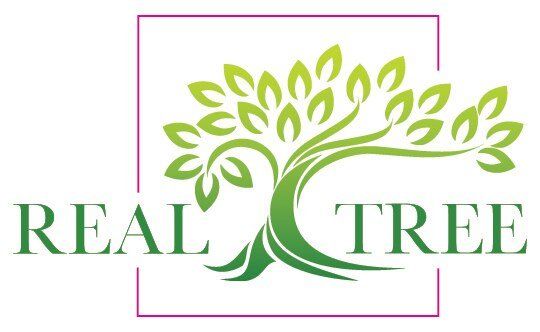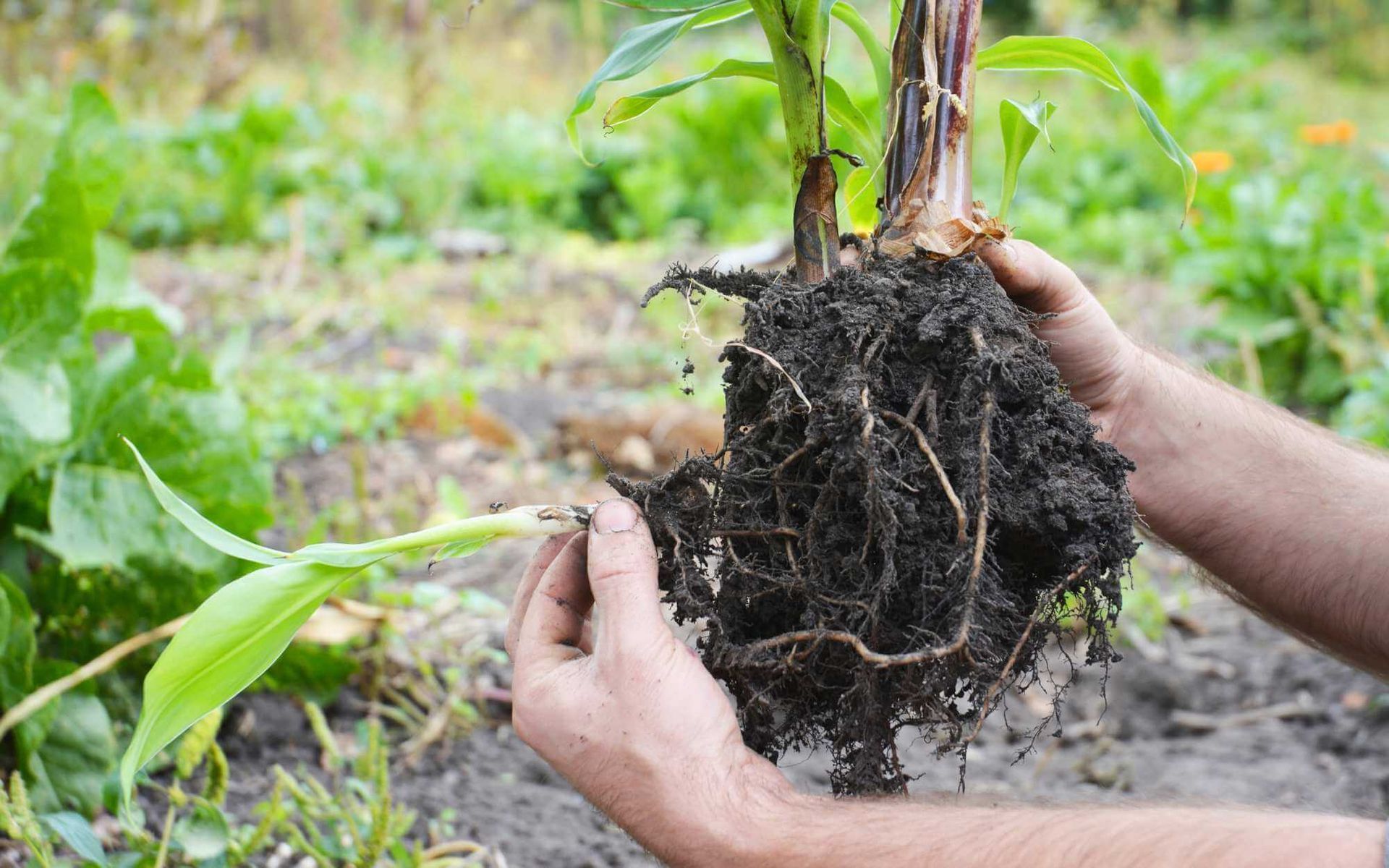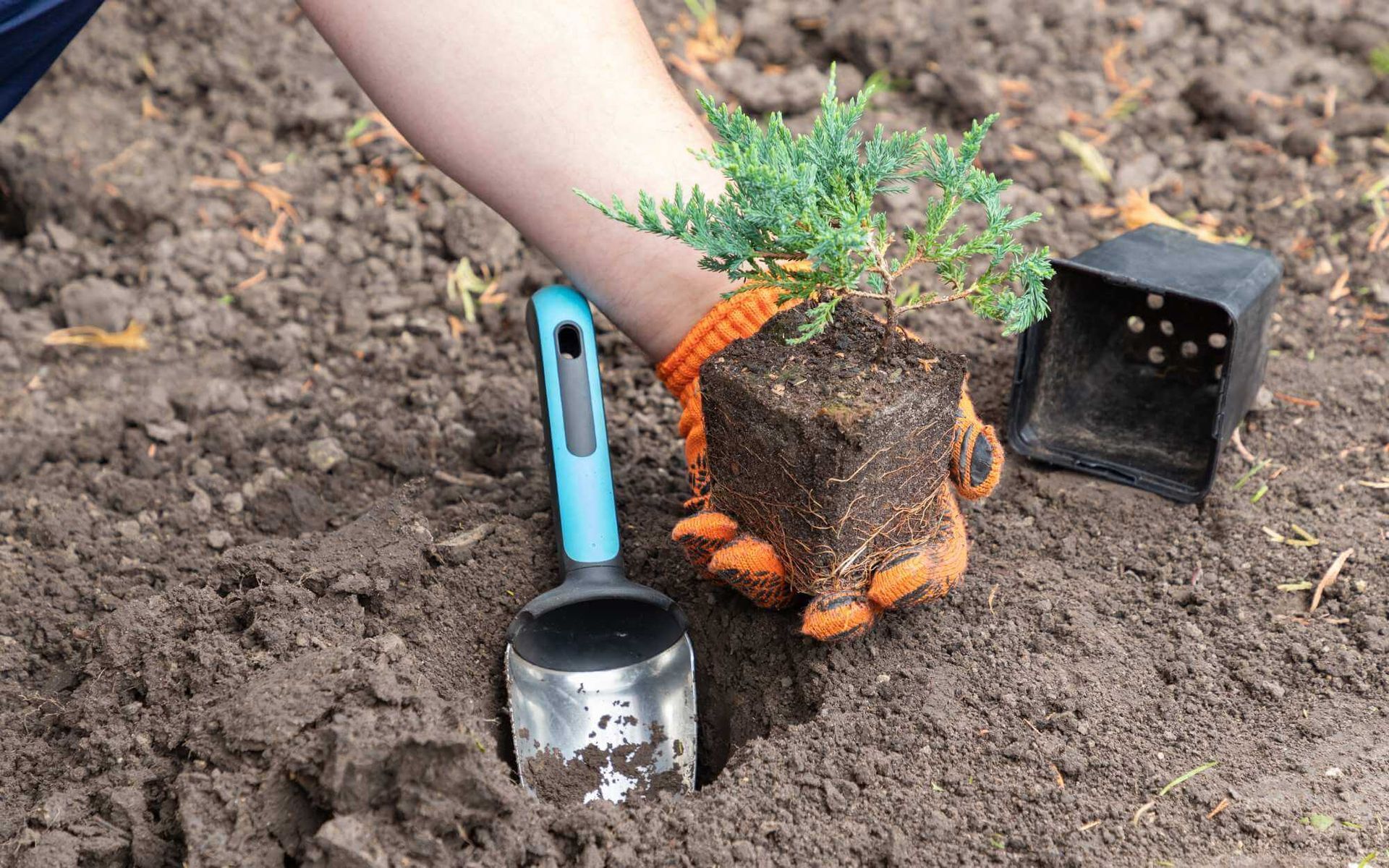A Guide to Improving Soil Nutrient Retention through Mulching
PUBLISHED ON
SHARE THIS ARTICLE
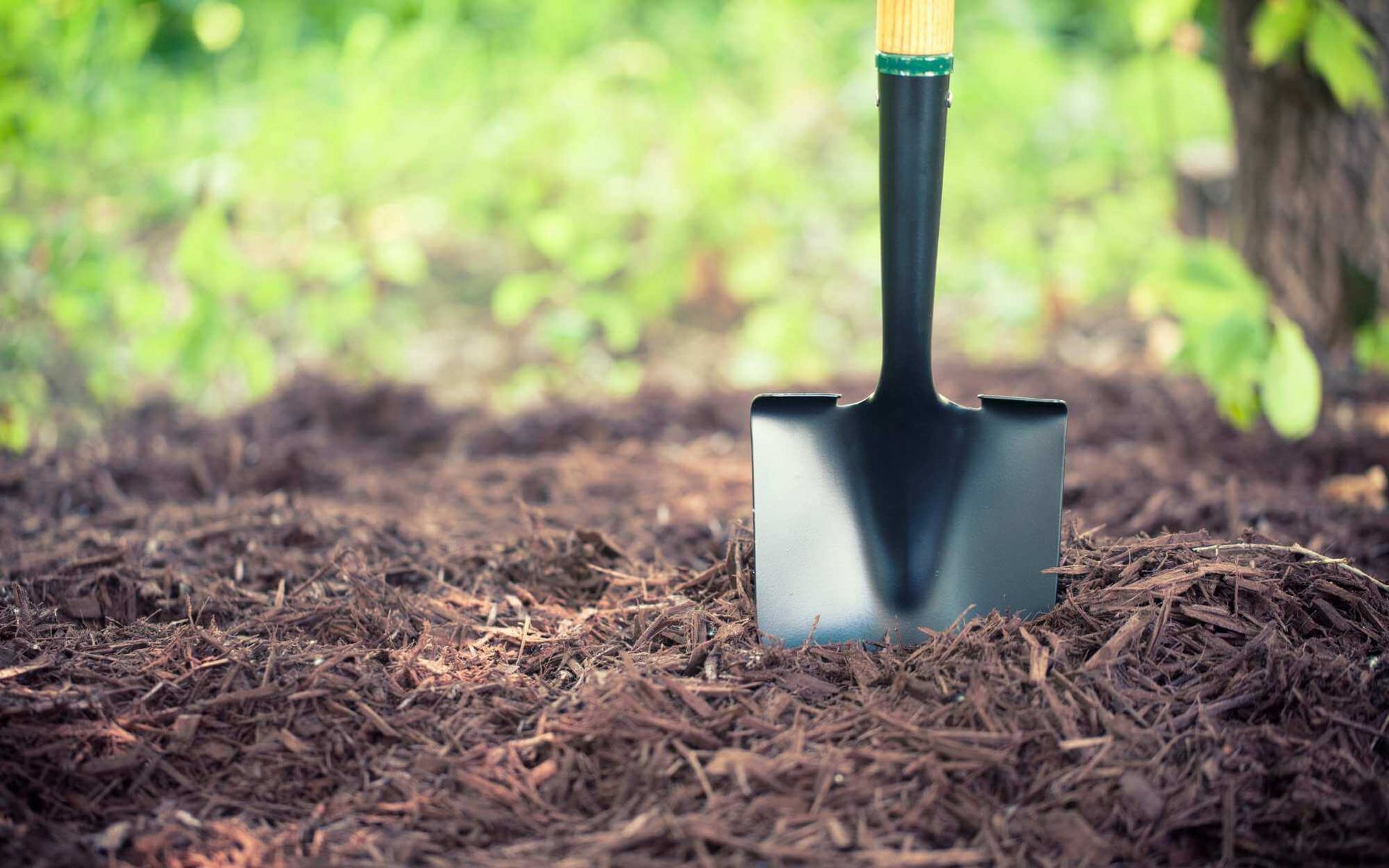
Soil nutrient retention is the backbone of successful gardening, determining not only the health of your plants but also the yield and quality of your crops. Nutrients in the soil act like a balanced diet for plants, equipping them with the necessary ingredients for growth.
One effective method for enhancing soil nutrient retention is through mulching. Mulching, which involves covering the soil surface with organic or inorganic materials, plays a significant role in preserving soil moisture, regulating soil temperature, preventing erosion, and most importantly, replenishing soil nutrients.
This guide provides insights into the importance of soil nutrient retention and the
transformative role of mulching in sustaining and enhancing the nutrient content of your bare soil.
Understanding Soil Nutrient Retention
Soil nutrient loss can be influenced by several factors including poor water management, soil erosion, excessive tilling, and imbalanced fertilizer application.
Over-irrigation can leach vital nutrients, while soil erosion washes away the top nutrient-rich layer. Over-tilling disrupts soil quality and structure, making it susceptible to nutrient loss. Misapplied fertilizers can cause nutrient imbalance, hindering plant growth.
On the other hand, effective soil nutrient retention leads to several benefits. It fosters healthier plant growth due to a steady supply of essential nutrients. Improved soil structure enhances water retention and aeration, optimizing root growth. It also supports beneficial soil microorganisms, boosting soil fertility and leading to sustainable, bountiful yields.
The Power of Mulching
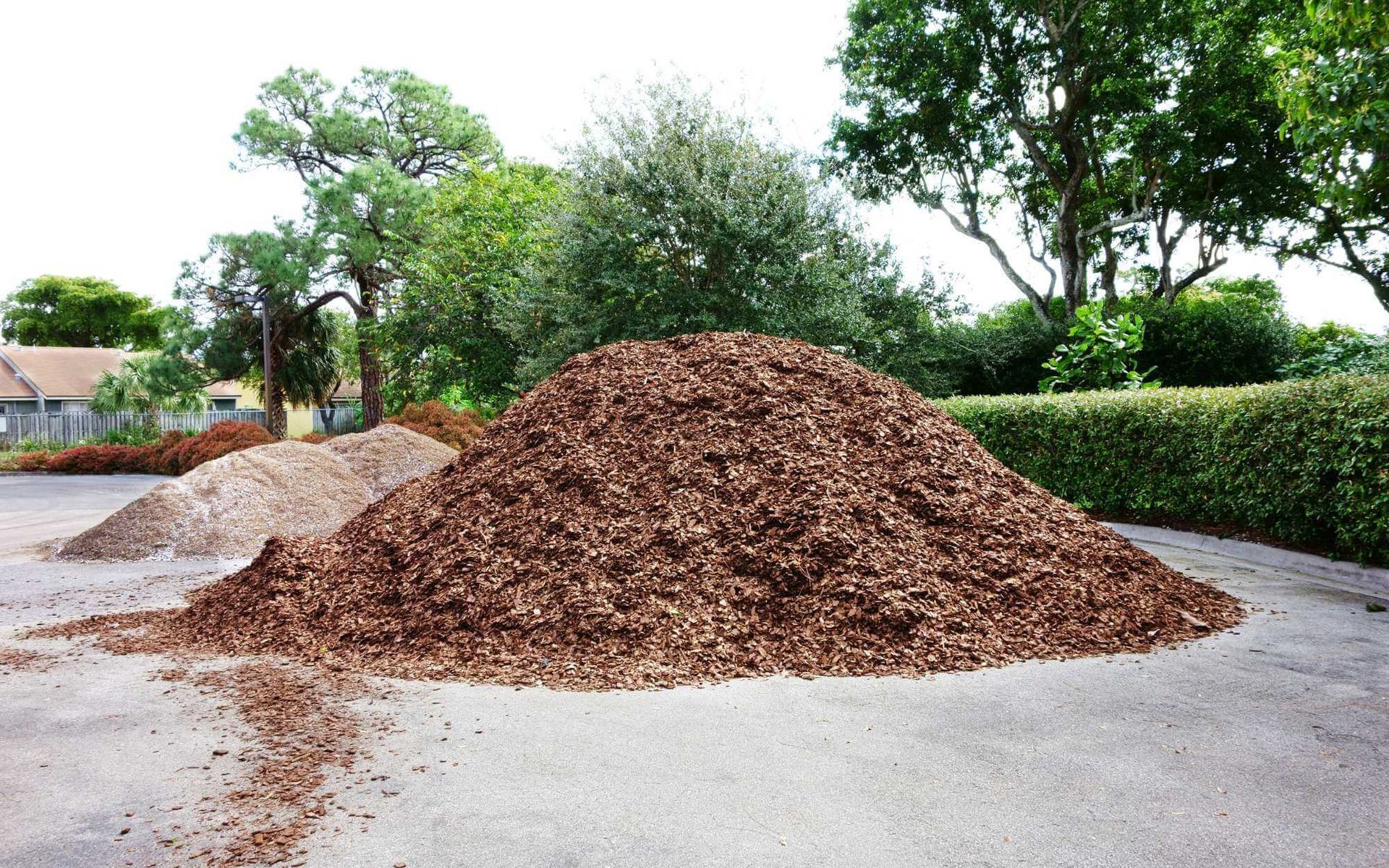
Mulching is categorized into two broad types: Organic and Inorganic mulches.
Organic Mulches
Comprised of organic matter and biodegradable materials, natural mulches decompose over time, enriching the soil with vital nutrients and improving its structure.
- Wood Chips or Bark: These are excellent for moisture retention, and as they decompose, they add nutrients to the soil, improving its texture.
- Straw or Hay: Besides retaining moisture and preventing erosion, straw decomposes quickly, contributing nitrogen to the soil.
- Compost: The nutrient-rich nature of compost makes it an effective mulch, supplying a wealth of essential nutrients to the soil.
- Grass Clippings: High in nitrogen, grass clippings decompose quickly and provide a quick nutritional boost.
Inorganic Mulches
These are non-decomposable materials that primarily conserve moisture and control weeds.
- Plastic: It's effective in temperature regulation and moisture preservation but doesn’t contribute nutrients to the soil.
- Stones or Gravel: Besides improving aesthetics, they help retain moisture but don't add nutrients.
While organic mulches significantly improve soil nutrient content, inorganic mulches primarily serve to conserve soil moisture and act as weed control. Therefore, choosing the right type of mulch depends on your garden's specific needs and the desired outcome for soil health.
Best Practices for Mulching
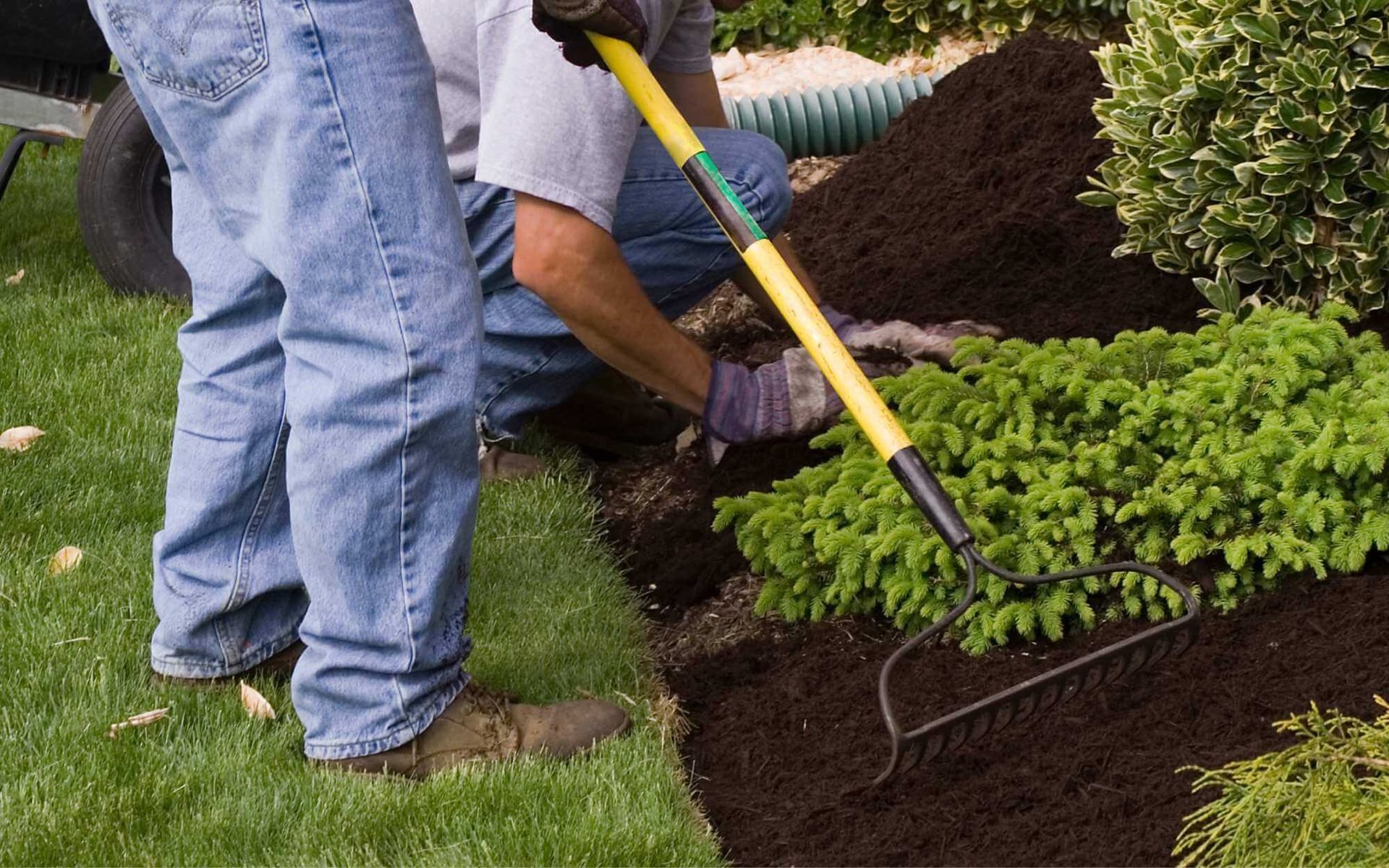
- Choose the Right Mulch Material: If nutrient improvement is your priority, opt for organic mulches like compost, wood chips, or grass clippings which decompose to enrich soil health.
- Consider Mulch Thickness: Apply a 2-4 inch layer of mulch. This thickness is sufficient to retain moisture, suppress weeds, and permit oxygen flow to the soil.
- Avoid Mulch Volcanoes: Don't pile mulch against tree trunks. This can trap moisture and invite pests or diseases.
- Mulch at the Right Time: Mulch in late spring when the soil has warmed up. Mulching too early can slow soil warming and plant growth.
- Refresh Mulch Regularly: Organic mulch decomposes over time. Refresh it annually to maintain its benefits.
- Avoid Plastic for Edibles: Plastic mulch doesn't enrich the soil but can heat it. It's suitable for heat-loving crops, but not ideal for nutrient improvement.
- Don't Over-Mulch: Too much mulch can suffocate plants and prevent water penetration. Be generous but mindful.
- Leave a Mulch-Free Area: Leave a small area around trees and shrubs stems mulch-free to prevent rot and pest issues.
Enhance Nutrient Retention with Mulching!
Soil nutrient retention is fundamental for thriving gardens, supplying vital components for plant growth. Mulching, an effective method for enhancing nutrient retention, preserves soil moisture, regulates temperature, and replenishes nutrients.
Whether organic or inorganic, the right mulch can transform your garden. The healthier soil leads to robust plant growth and abundant yields. Start mulching today for a nutrient-rich, thriving garden! Take the first step towards a healthier garden -
Start Mulching!
Want a free quote or some friendly advice? Call our team today:

